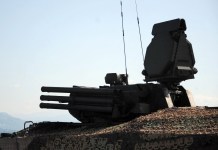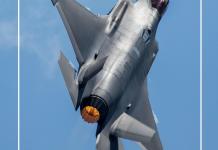After recurring delays, the European Union (EU) is finally close to fulfilling its commitment to supply Ukraine with one million artillery shells. EU diplomat Josep Borrell recently confirmed that the target of one million shells is nearing completion, with over 980,000 rounds already delivered.
“We have already delivered more than 980,000 rounds, and very soon, we will deliver one million rounds,” Borrell stated.
Initially, the EU promised to deliver one million shells to Ukraine by March 2024. After chronic delays, the EU is now finally close to meeting that ambitious target.
Acknowledging the delay, Borrell said: “I know that we committed to reaching this level by spring, and we failed. But by the end of the year, we will be able to. And we have accelerated significantly for this purpose.”
He also expressed confidence that by the end of 2024, the EU expects to have delivered over 1.5 million pieces of ammunition to Ukraine. This is in addition to the substantial ammunition Ukraine receives through bilateral agreements with individual EU member states.
For instance, in February, the Czech Republic announced its plan to supply 800,000 shells, sourced mainly from non-EU countries, to Ukraine in 2024.
However, the Czech initiative is also woefully behind schedule. Last month, the Ukrainian ambassador to the Czech Republic informed that Ukraine has received only one-third of the 500,000 shells expected to be delivered by the end of 2024. Despite that, Czech Prime Minister Petr Fiala is confident of providing 500,000 shells to Ukraine by the end of the year.
Also, in October, the US State Department disclosed that since the Russian invasion began in 2022, the US alone has supplied Ukraine with over three million 155mm shells.
All this is in addition to what Ukraine is producing domestically. In November, Ukrainian Minister of Strategic Industries Herman Smetanin said in an interview with Reuters that Kyiv produced near zero shells before the war began in 2022. However, since then, it has ramped up production and now produces millions of shells yearly.
Ukraine is now also capable of producing 155mm artillery shells designed to meet NATO standards. These shells can be fired from Western-provided howitzers, including the American M109, Polish AHS Krab, and British AS90.
The figures quoted above are indeed mind-boggling. And yet, Ukraine is constantly complaining of insufficient supplies. This begs the question – where are these millions of shells going, and how many are actually required by Kyiv to sustain its war effort against Russia?
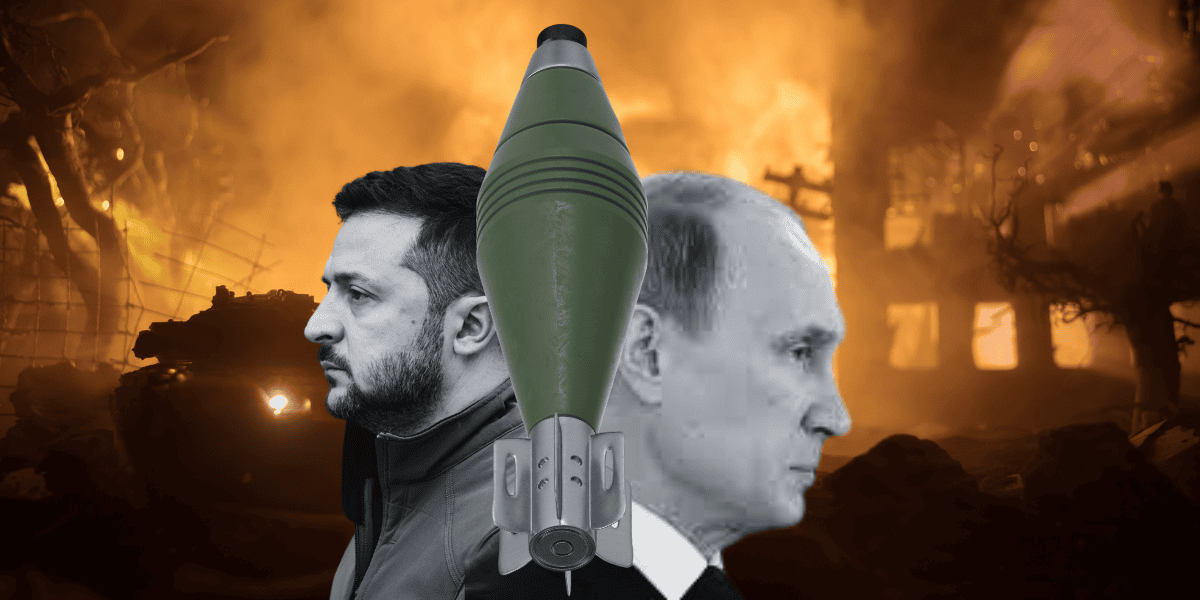
What’s Behind Ukraine’s Insatiable Appetite For Military Shells?
To answer this question, one must first ask how many shells Russia, Ukraine’s adversary, is producing.
According to NATO intelligence estimates of Russian defense production, Moscow produced over 250,000 monthly artillery munitions in March. Given Russia’s shift to a war-driven economy, this output must have increased since then.
It can be safely assumed that Russia produces over 3 million artillery munitions per year. Now, compare this to what the EU and the US can collectively produce. Earlier this year, a senior European intelligence official told CNN that the US and Europe, together, have the capacity to generate only about 1.2 million munitions annually to send to Ukraine.
These figures clearly establish that Russia alone can produce more ammunition than the whole Western block. In fact, Moscow is churning more than double the combined output of the EU and the US.
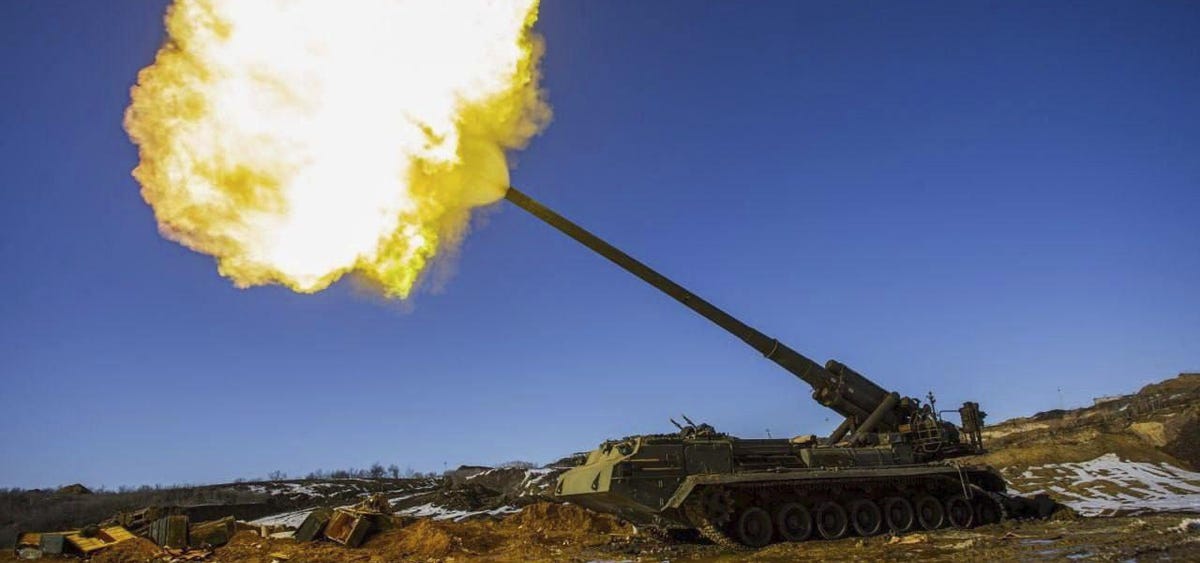
This colossal ammunition output is enabling Russia to expend more ammunition per day. According to experts, Russia’s current artillery expenditure rate is over 10,000 rounds per day. At one point in April-May, according to Ukrainian officials, Russia was even firing 60,000 to 70,000 rounds per day.
In comparison, Ukraine is able to fire one-fifth of the Russian average, mostly averaging 2,000 rounds per day and never crossing the high of 10,000 rounds per day.
What’s even more shocking is that Russia is able to produce more ammunition than Europe and the USA combined with a modest defense budget compared to the military budgets of Western countries.
In 2023, the Russian defense budget was just over US$100 billion, compared to the combined US/NATO defense budget of nearly $1.47 trillion.
So, with a defense budget ten times smaller than that of NATO countries, how can Russia outmatch them in terms of shell or ammunition production?
For Russia – Artillery Was Always Undisputed King
To understand Russia’s edge in munitions production, we must understand the strategic choices that these countries have made over decades.
While much has changed on the battlefield since the two World Wars, there are more than passing similarities between the Ukraine war and the two World Wars fought nearly 100 years ago.
The First World War was fought in the trenches. After the early war of movement in 1914, artillery and machine guns forced the armies on the Western Front to dig trenches, fighting ground to a stalemate for the next three years when the front lines did not change substantially.
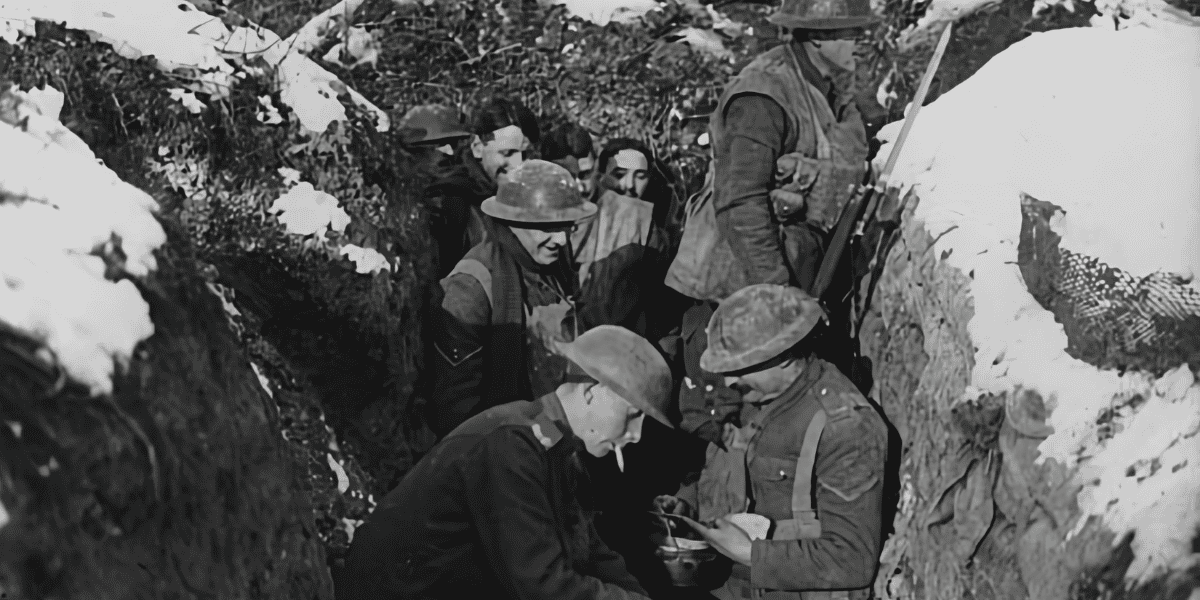
Now, after over a century and all the talk of modern war being dominated by unmanned aerial vehicles and electronic warfare, both Ukrainians and Russians are rediscovering trench warfare.
“The Ukrainians are rediscovering trench warfare and adopting tactics reminiscent of the German Sturmtruppen,” explained Thibault Fouillet, the scientific director of the Institute for Strategy and Defense Studies at Lyon-III University. German Sturmtruppen were shock units created during World War I to assault Allied lines.
Similarly, the Second World War was a battle of heavy artillery.
While modern warfare has changed dramatically, and both sides have introduced newer technology in the current conflict, from the latest air defense systems to First-Person View (FPV) drones, Russia still has not come out of the Soviet mindset that ‘artillery wins the war.’
People should remember that during the last days of the Second World War, the Soviet Red Army fired over two million rounds in Berlin, a city already on the verge of collapse. The Battle of the Seelowe Heights, which opened the Red Army’s path to Berlin, began with Soviet artillery firing 500,000 shells in just 30 minutes.
Joseph Stalin even called heavy artillery “the god of war.”
The lessons the Soviets learned during the Second World War have been the core of Russian military strategy for decades. Russian military doctrine believes that amassed heavy artillery guns are key to winning any war, especially a protracted war that has transformed into a war of attrition.
On the other hand, the development of modern airplanes made artillery look obsolete, and it was gradually downgraded, especially by the NATO powers and Israel, who believed establishing air superiority was key to winning modern wars.
This approach resulted in a systematic neglect of munitions by Western countries for decades.
A Rude Awakening
A Reuters investigation earlier this year found many disturbing patterns that are to blame for NATO and EU countries’ current munitions production woes. It found that in 2016, the US was producing less than 5,000 shells per month. The number increased to 20,000 shells per month by 2022, the year Russia invaded Ukraine.
That the US had fallen behind in ammunition production was acknowledged by none other than President Joe Biden himself.
At the NATO summit in July, Biden lamented: “We need a new industrial policy in the West. We talked about how both the EU, as well as NATO, has to be able to begin to build their own munition capacity… it came as a surprise to some of us how we had fallen behind in the West.”
Rheinmetall, one of the largest European arms producers, said in June, “Experience from the war in Ukraine shows the immense demand for artillery ammunition. The production capacity available in the Western world is not designed for these quantities.”
This strategic neglect of ammunition has cost Ukraine dearly in the current war. Figures provided by a senior officer on Ukraine’s general staff demonstrate the deadly difference artillery makes.
“When Ukraine was firing 10,000 shells per day, between 35 and 45 Ukrainian soldiers were killed daily… But when the daily fire fell to half that, more than 100 Ukrainian soldiers were killed per day.
“These projectiles build a wall for our soldiers,” the officer said.
According to the Council on Foreign Relations, in the Ukraine war, artillery fire accounts for about 80 percent of the casualties on both sides.
West Catching Up To Russia
Since the end of the Cold War, most wars the USA and NATO alliances have fought have been asymmetric. Be it in Kosovo, Afghanistan, or Iraq. Similarly, Israeli wars in the Middle East are against enemies that do not have the means to challenge Western air superiority.
These wars played their part in the West, ignoring the criticality of artillery. The importance of artillery can hardly be overstated, especially in a war fought between two large armies who can fight each other to a grinding stalemate.
Moreover, artillery has some distinct advantages. It can fire day and night and in any weather condition, and modern electronic warfare cannot jam it.
While modern technologies will play a role in the war, the outcome of the Ukraine war will likely depend on which side can sustain its use of artillery fire for a longer period. This also explains the presence of nearly five decades-old North Korean Koksan Guns in Russia.
These guns have been recently observed on trains in the city of Krasnoyarsk, central Russia, presumably heading towards the frontlines in Ukraine. The Koksan fires standard shells to a range of 40 km and rocket-assisted projectiles (RAPs) to 60 km.
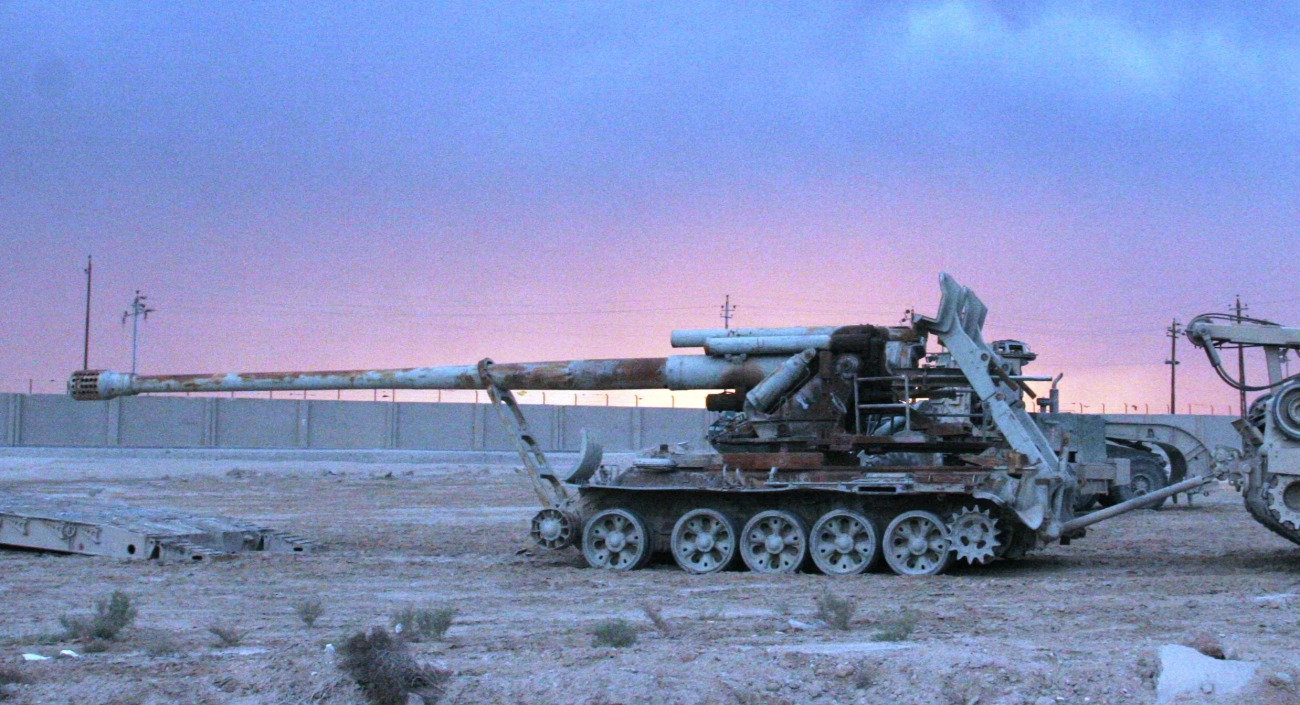
Both the EU and the US are now realizing that one can ignore the criticality of artillery ammunition at one’s own peril. They are finally boosting ammunition production, especially of the 155 mm shells.
The US is confident of producing 100,000 shells a month by the end of 2025. For this purpose, the US Congress has recently approved $6 billion to modernize and expand its ammunition production facilities.
Similarly, after years of neglect, Europe is also boosting its ammunition-producing capabilities. An effort to increase the 155mm production in Europe is finally showing results. According to NATO estimates, Europe can produce nearly two million shells yearly.
Similarly, Ukraine is now able to produce millions of shells every year. Ukraine is also swiftly shifting from Soviet-era 152mm shells to what NATO countries use – 155mm shells.
On September 15, Ukrainian Presidential Advisor Oleksandr Kamyshin announced that Ukraine has started serial production of 155mm rounds.
Ukraine has also reached an agreement with the German company Rheinmetall to develop facilities for producing 155mm ammunition.
These developments show that while Russia currently has an advantage in shell production, Ukraine and the West are finally catching up.
Western countries might have ignored shells and other artillery ammunition production for years in favor of superior air power and precision-guided weapons. Still, the Ukraine war has clearly established that in a long-drawn-out conventional war, where two large armies face each other over a front line extending hundreds of miles, where the use of air force is limited due to the fielding of superior air defense systems by both sides, the war ultimately boils down to artillery and infantry warfare.
Surprisingly, twenty-first-century warfare, in many ways, mirrors the two World Wars fought a century ago.
- Sumit Ahlawat has over a decade of experience in news media. He has worked with Press Trust of India, Times Now, Zee News, Economic Times, and Microsoft News. He holds a Master’s Degree in International Media and Modern History from The University of Sheffield, UK.
- He can be reached at ahlawat.sumit85 (at) gmail.com


